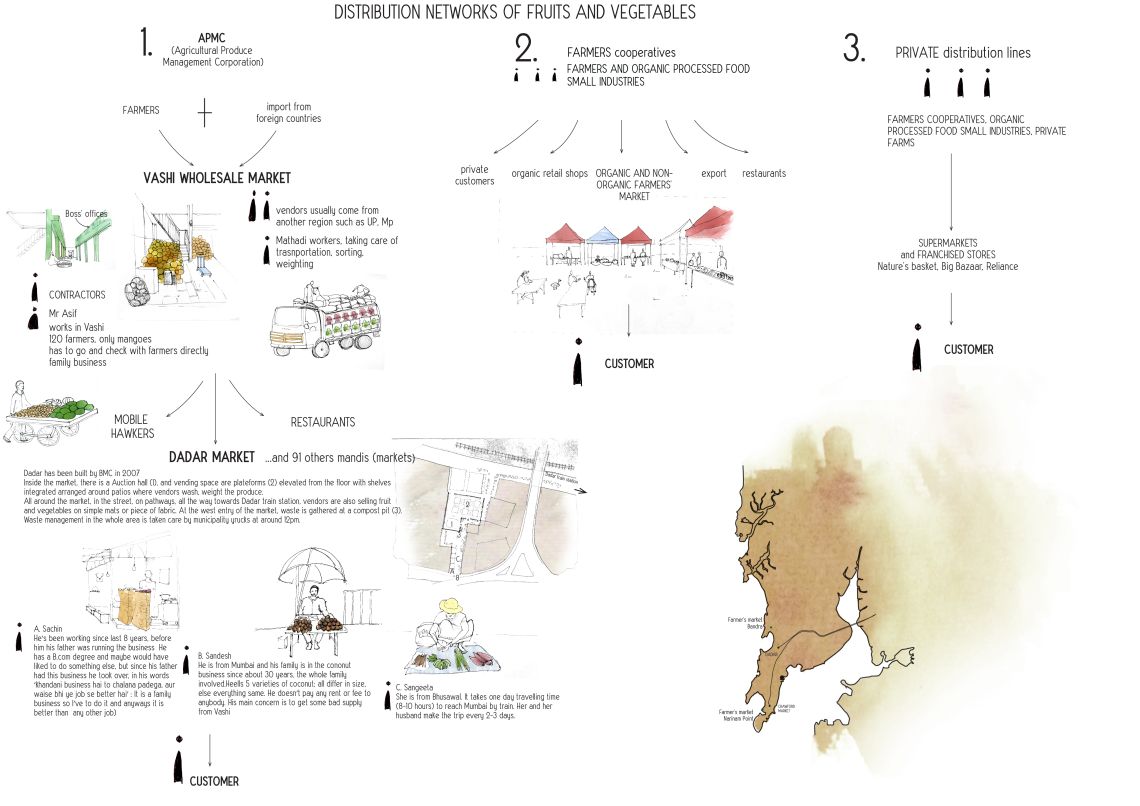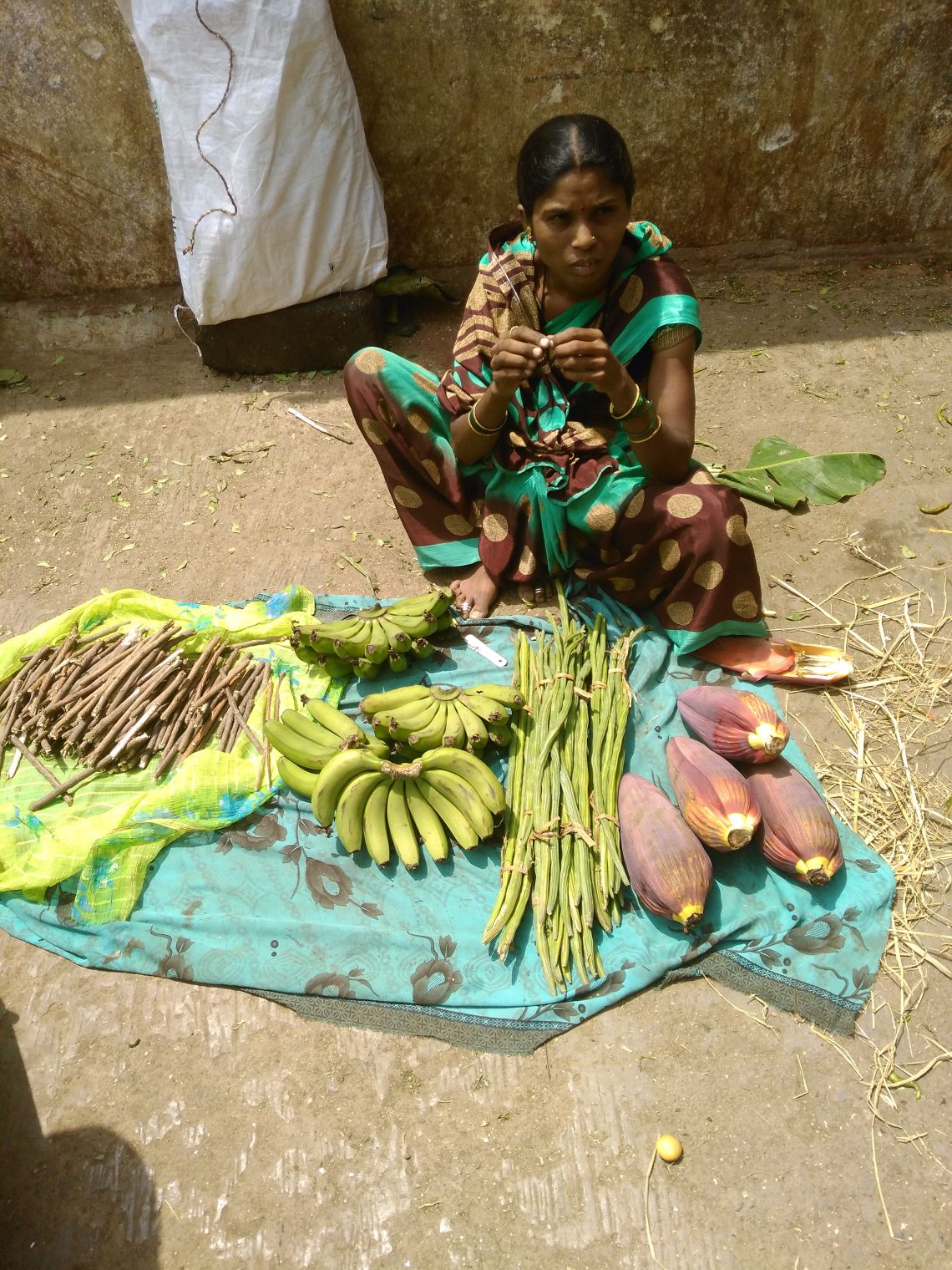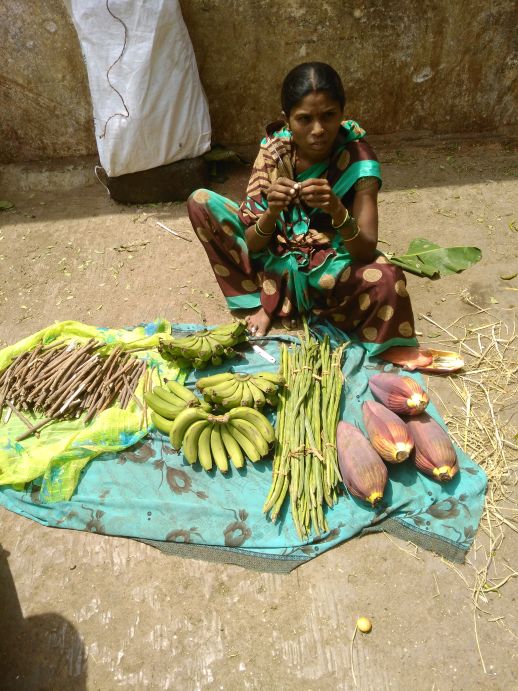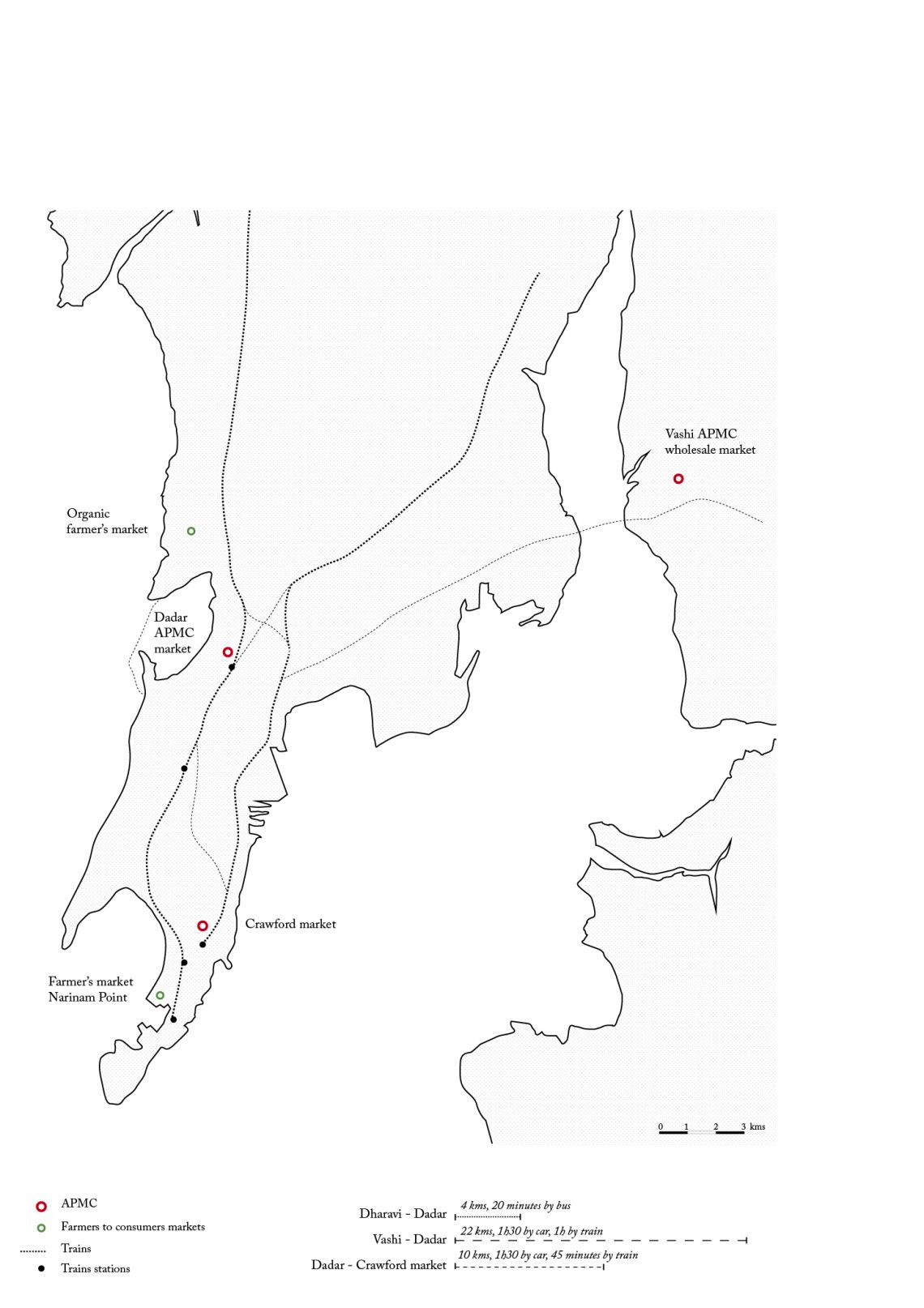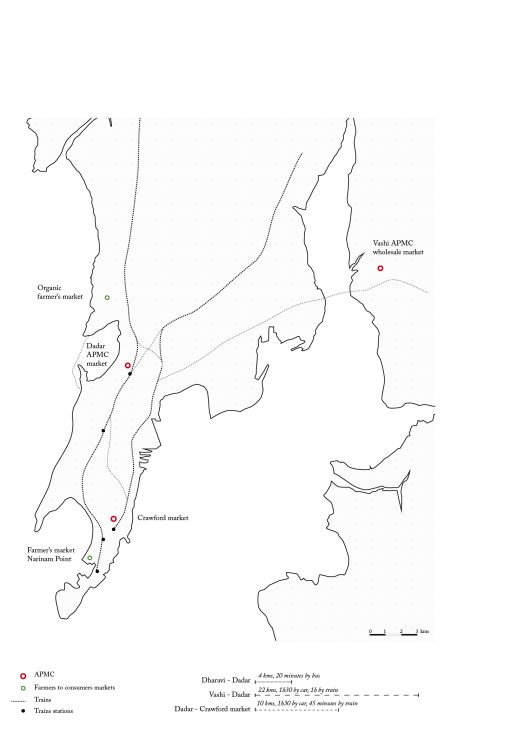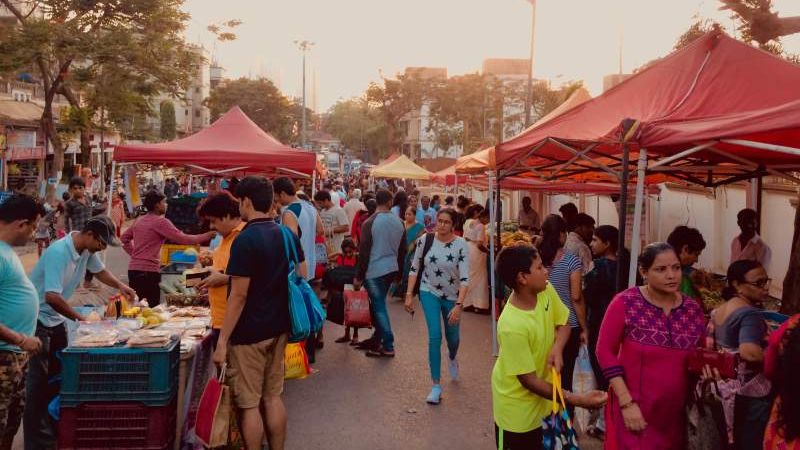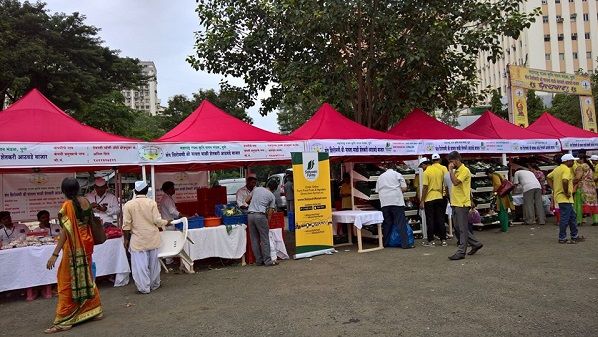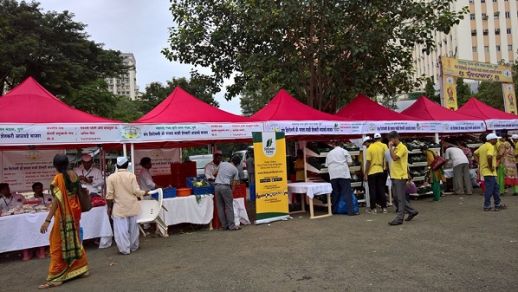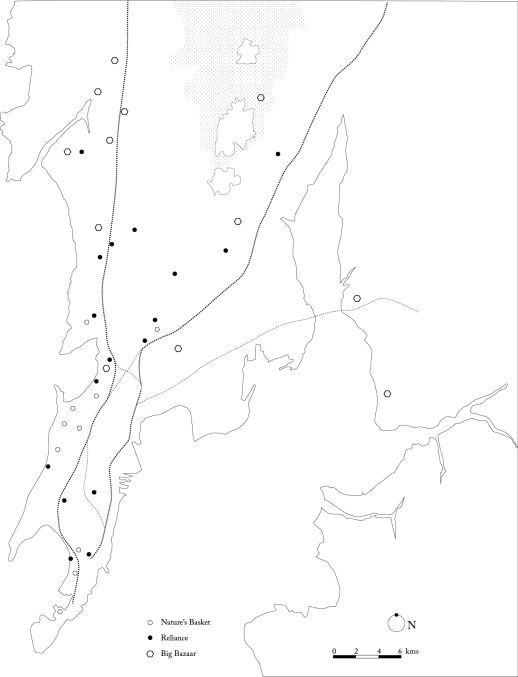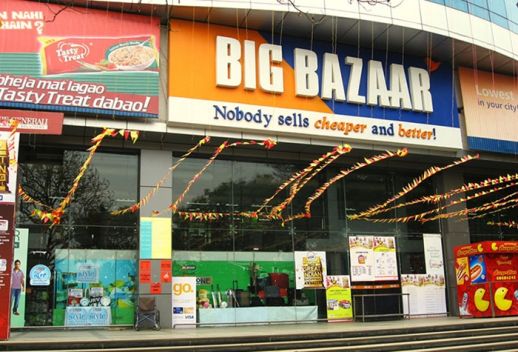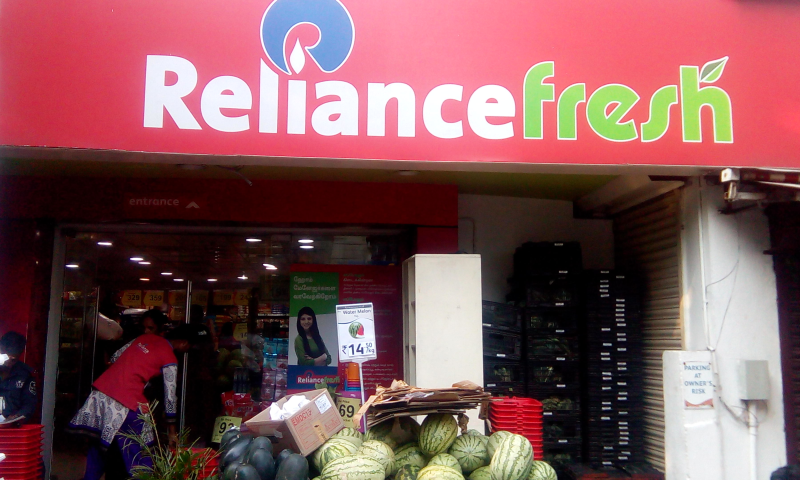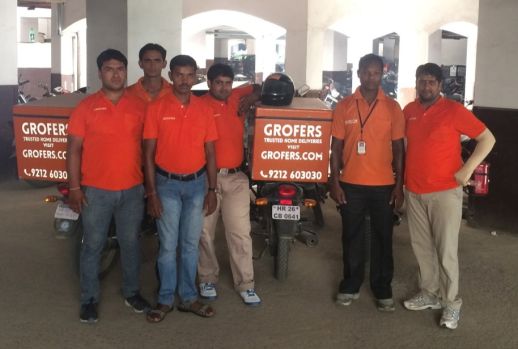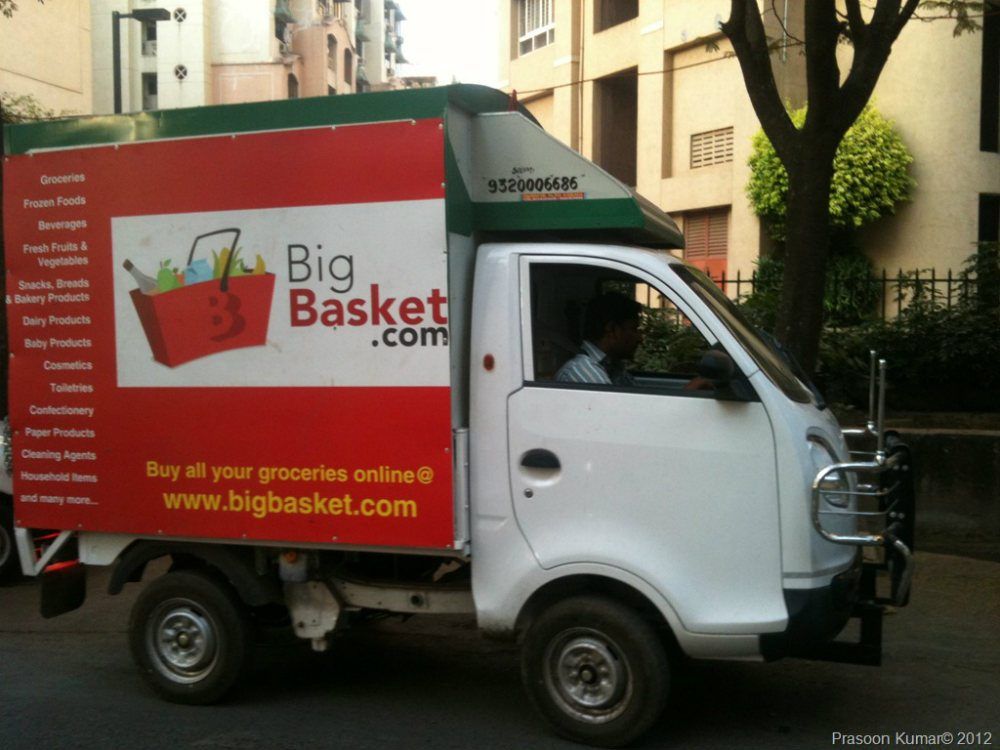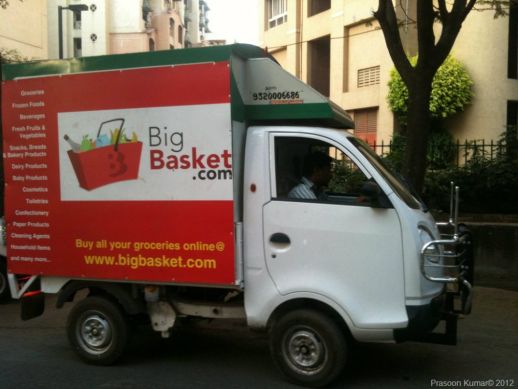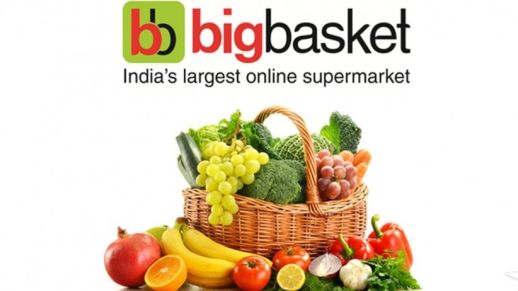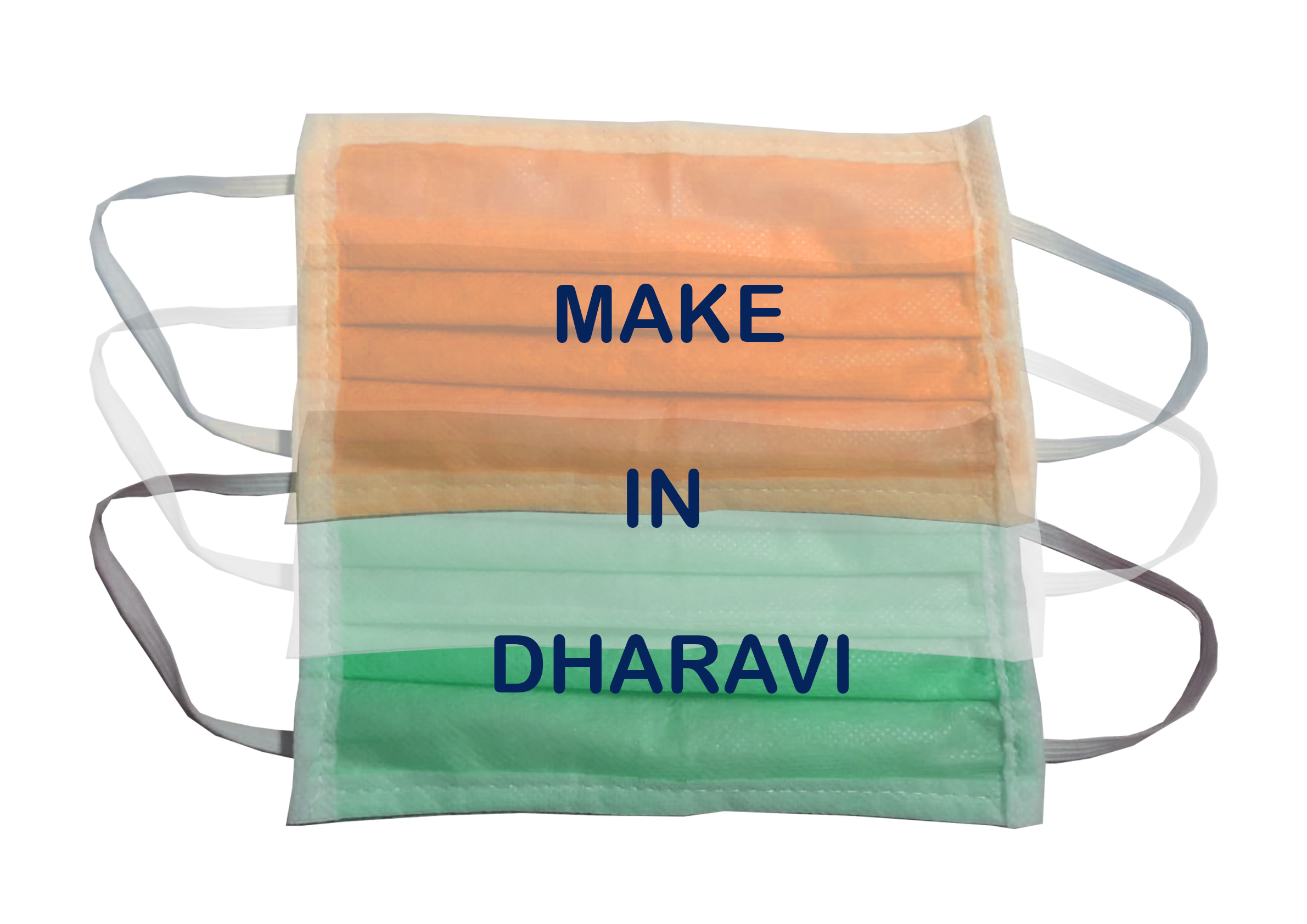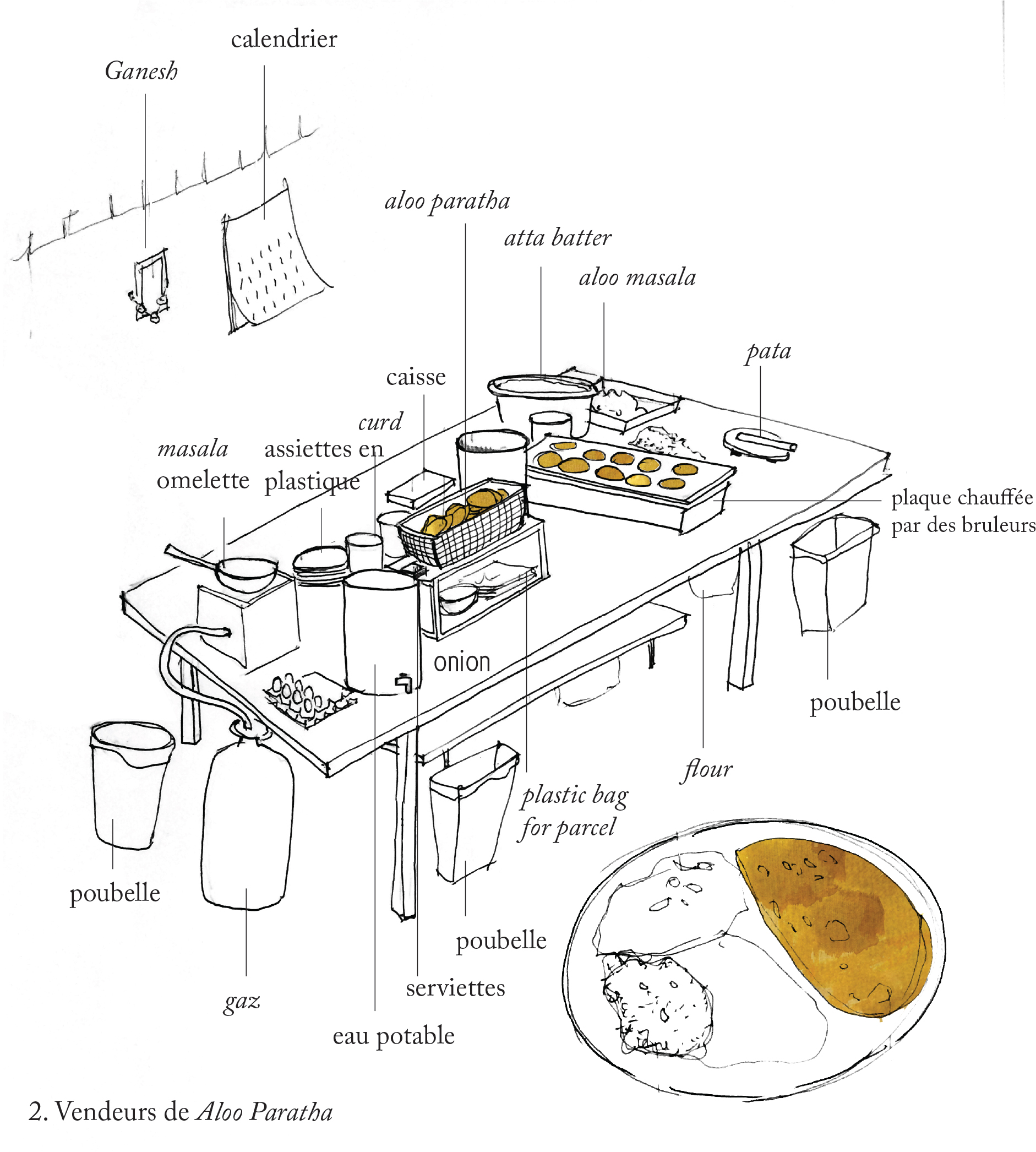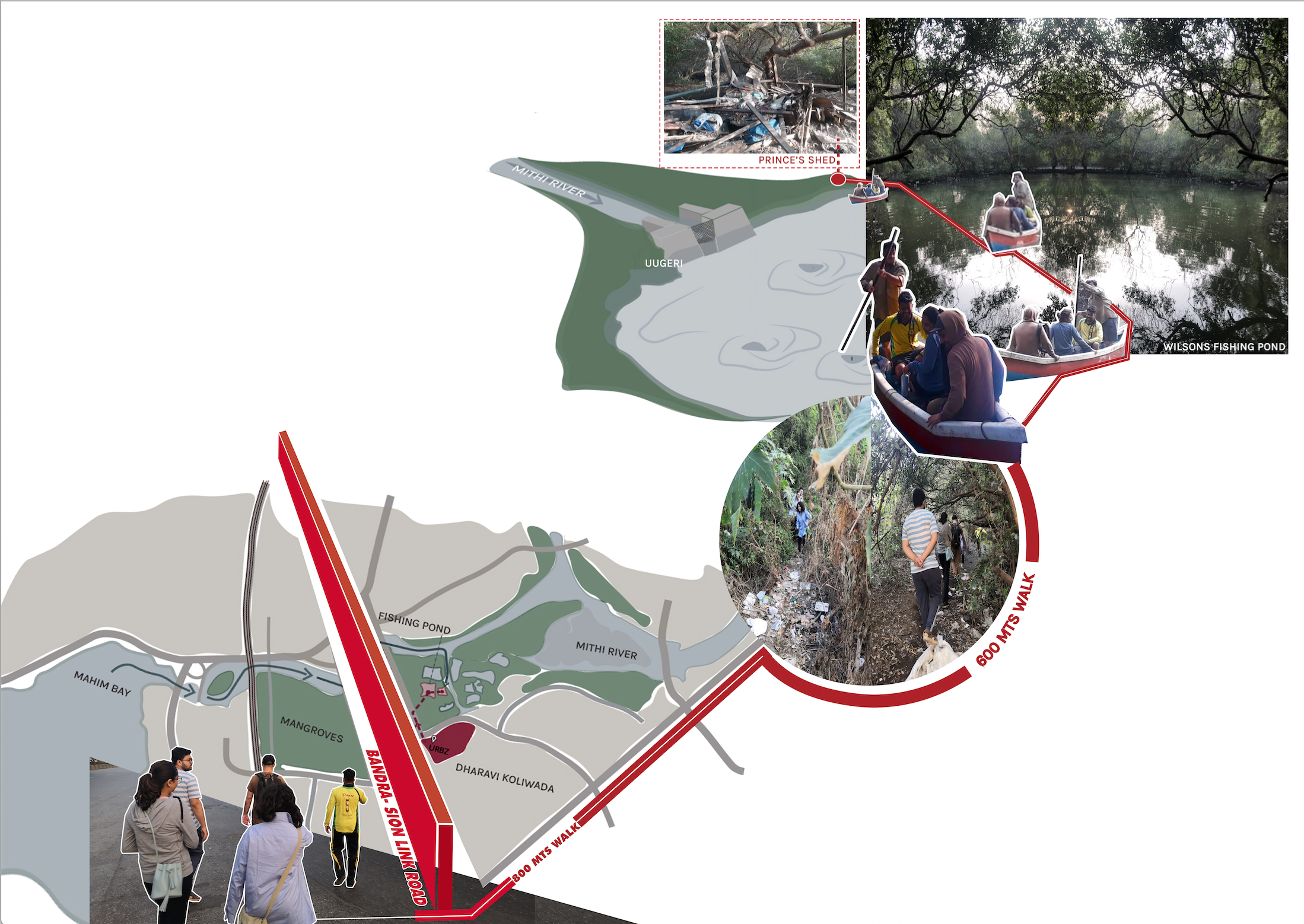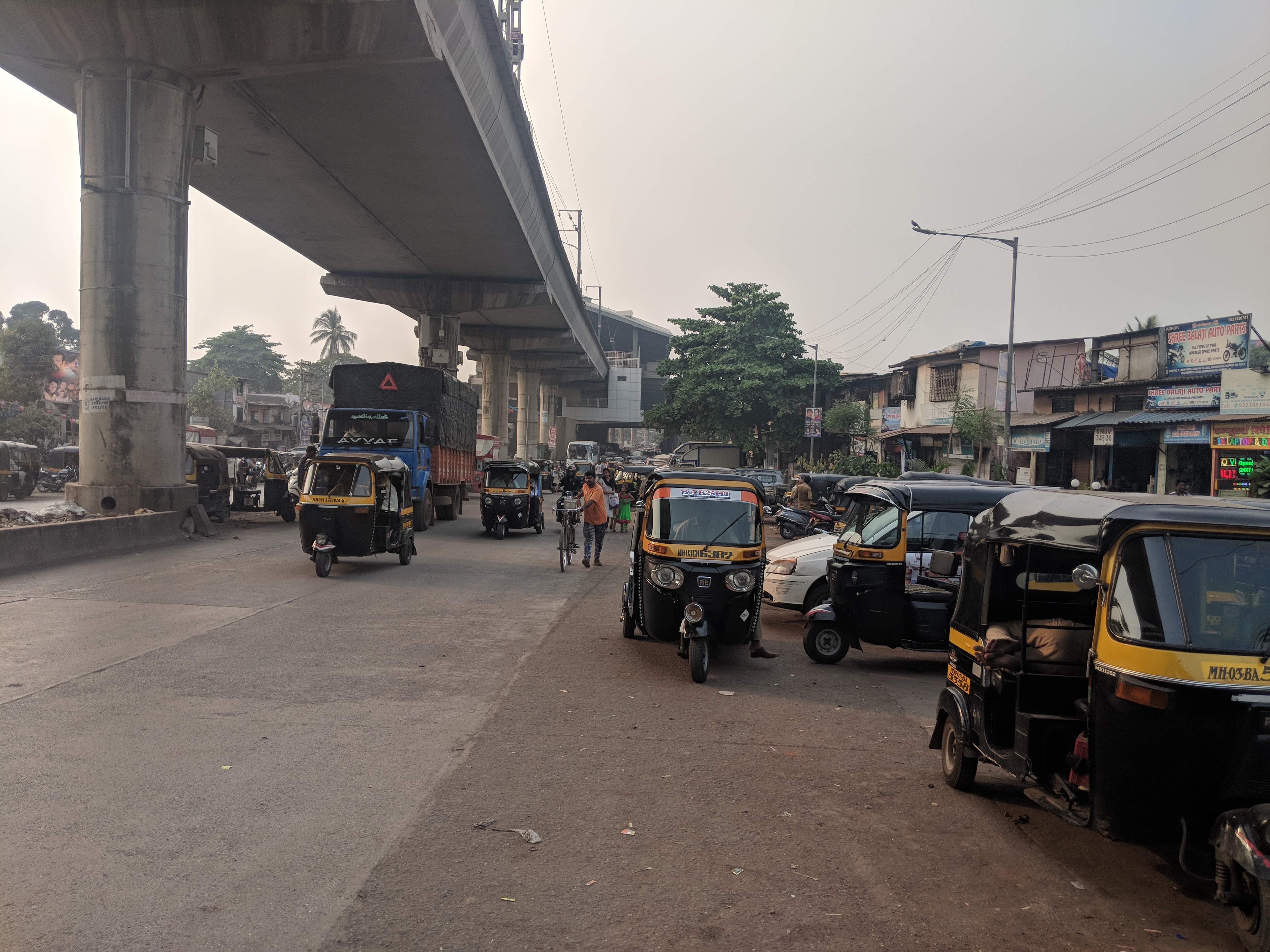Alternative farmers' Market in Mumbai

Alternative farmers' Market in Mumbai
In our previous blog on circulation and movement of agricultural produce and commodities in Mumbai Metropolitan Region (MMR), we mentioned how the prevalent centralised system in India is too constraining, restrictive and exploitative. It has created a system where the person giving the most earns the least- a bare minimum amount that is not sufficient to live a decent life. It has very few options for small-scale farmers and almost nothing for organic farmers. These problems, among others, have produced a space that stifles the growth of farmers, and has given rise to several alternatives as a response, in some states. The governments themselves brought in some alternatives (Farmers to consumer markets), while others were developed by the effort of an individual or a group of people (direct sales from producers, Farmer’s Market), and the third form (retail chains and e-retail) being a product of the capitalist economy where companies have started economising on sale of agricultural produce and have tie-ups with farmers through contracts. We will discuss below some of these alternatives found in Mumbai.
The first alternative brought in by Maharashtra government was delicensing of fruits and vegetables from the APMC act (allowing people to bypass the APMC market to sell their produce), following which an alternative markets to APMC, the Farmers-to-consumers markets, were established. This gave the farmers, esp. Small-scale farmers, the freedom to sell independently at markets and prevent exploitation. We met one such farmer, Sangeeta, in Dadar market (Krantisinha Nana Patil Mandai), who comes to Mumbai from Bhusawal (it is an 8 to 10 hours journey, one way, by train), every week to sell. This venture is only 2-3 months old. She, like many others, displays her produce on a piece of fabric, sitting on the side of the path that leads to the market building. Her husband sits at the back and she interacts and sells. Bananas, banana flowers, drumsticks and drumsticks flowers, and datun (the traditional, Indian teeth cleaning sticks; made of Neem) make up the total of her offerings. She earns Rs. 2000 per visit (minus the transportation cost). They chose this method of selling their product, because the low-quantity production is not enough to get transported; in her words ‘chota mota dhanda hai ghar chalane ke liye..truck mein bada samaan jata hai (it is a small business to run the family.. Trucks carry the bigger cargo)’. While the couple is away, her mother-in-law takes care of the children. Sangeeta has the freedom to bargain, and direct sale gives her the full price of the produce[1] while preventing her from exploitation by contractors. On the other hand, she has to bear the travel costs, find ways of ensuring her children’s safety, and probably struggle for her space on the street.
The first Farmers-to-consumers market opened at Nariman Point two years ago. The government amended the APMC Act, 1963, to allow direct sale of agricultural merchandise and commodities by licensed farmers, in retail. There are now 52 such markets in the state involving independent farmers, farmers’ cooperatives, farm producers’ organizations, farmers’ self-help groups and farm produce companies in Maharashtra. These markets were the start of the second-generation reforms in Maharashtra’s agriculture marketing sector (the first-generation reforms came in, a decade ago). This alternative helps in minimising the post-harvest losses. It is profitable for farmers who can bypass the opaque regulations, taxes and constraints of APMC system. It is a breakthrough in the closed hierarchical food supply system but experts are still sceptical about the complete government cooperation to create a level playing field between the markets outside APMC and the APMC markets. Moreover, other states, which have carried out similar reforms much earlier, have not yet been able to develop a marketing infrastructure and supply chain parallel to APMC. The success of this alternative is awaited.
The third alternative we encountered is a result of the new and rising drive of organic markets and urban farming projects. It is a weekly organic market (on Sunday) called Farmer’s market, at Demonte Park, in Bandra where only organic produce is sold. The credit, for the creation of this market, goes to the efforts of one individual: Kavita Mukhi[3]. Part of the Bandra grid urban fabric, a dozen of stalls sell products from private organic farms and small-scale processed food industries. Bandra is mostly an upper-class residential district therefore, the consumer/customer base of this market is mostly the rich and affluent, and not representative of the population of Mumbai. The high prices of the produce are unaffordable to the general populace. The Farmer’s market is a closely-knit community with most of them knowing each other and having regular clients.
The fourth alternative to APMC system are the rising number of big retail companies/chains, such as Big Bazaar, Reliance Fresh. After the delicensing, these giants are free to have contract farmers that can supply them with the agricultural produce and it may lead to the development of a parallel supply system. It certainly has impacted the business of the market vendors negatively. Sachin, a vendor we interviewed in Dadar market, mentioned that one of the risks he faces in his business is the competition from these chains and malls. He claims to have a 50% drop in the sales by the entry of malls and direct sale by farmers as the customers have been divided. Malls and supermarkets sell things like potato and onion at very cheap prices to attract customers. They can afford it because of the higher quantity of produce they handle (thus marginally lesser cost), and they have other attractive and attention-grabbing products and offers on sale, which will cross-subsidise the loss in the cheaper things by higher profit margins in other products.
A fifth alternative is the rising e-retail chains like Big Basket, which provide doorstep delivery of all these items, hence easing the burden of time and cost of travel. It is especially attractive to the populace with hectic schedules or people who think shopping with vendors or in supermarkets as middle-class, etc. They also have advertising tags such as claims to have supplies directly from so and so farm, fresh produce, 100% organic and so on, that makes it more attractive.
It is predicted that the last two alternatives would drive the vendors out of business. Nevertheless, there is no figure showing that they really are threatened to disappear or suffer major economic losses. Some studies even show that within the complex mosaic of diverse small scale actors including itinerant vendors, government outlets, cooperative markets and small scale corner stores, the retail so far is a small fragment of this mosaic.
Furthermore, there are researches showing that most of the franchise shops have been suffering from losses and depths. This is one of the reasons food retail companies in India wish to see foreign direct investment (FDI) to be allowed, in order to establish a partnership and be financially supported and be able to overcome logistical issues of the food management industry. 100% FDI in single-brand retail has finally been approved by the government in 2017, which may result in malls and supermarkets to spread over the city fabric even faster. It is a heavily opposed move because it will create an uneven playing field to the disadvantage of our domestic traders. The MNCs will capture the retail trade by exercising their monopoly because they have been authorised to collect goods across the world. Therefore, they will make India a dump yard and whatever is available at the cheapest rate anywhere in the world, they will bring those products irrespective of the quality, which our traders will not be able to compete with and thus will end up being the losers.
Not only the big glass-façade climatized expensive architecture are changing the landscapes of Mumbai’s street, but it is also generating new dynamics of people interaction who tend to reach peripheries using their car where before they used to get on the street and walk to the nearest vendor. The large-scale success of all these alternatives is awaited, yet they are worthy of interest from government and/or private investors. If the APMC now represents an institutionalised hierarchical system profiting only a few, these other channels are likely to emerge and give opportunities to individual farmers to get their work’s due.
It is possible only if the government provides adequate policies and a supportive environment, and with the cooperation of all the stakeholders in the distribution chain. Firstly, the farmers have to start organizing themselves into cooperatives and collective groups to gather tools and share knowledge on best and most suited harvesting practices, land and labour work. Secondly, the State must realise the danger of relying on only one centralised system and create a system that tackles the problems such as rampant post-harvest losses, lack of proper storage infrastructures, front-end and back-end linkages, user-friendly, readily available and easily accessible information, a grievance-redressal mechanism and lack of awareness among the beneficiaries. Thirdly, if investments are made in strategies for encouraging local processed food industries rather than FDI into supermarket or retail-chain stores business, the local economy would be boosted and benefit the economy. Lastly, the customers should be responsible and more alert of the produce they are purchasing which can only happen if they are socially conscious. The customer influences the market and the economy if they understand the social cost of buying from farmers directly instead of buying from APMC markets or buying from retail supermarkets.
_________________________________________________________
[1] The multi-tier APMC system had levies like transport, loading and unloading, and weighing that farmers had to pay. These levies mostly go to the intermediaries and the cumulative cost of these levies is passed on to the customers, denying farmers the right to determine the price of the produce.
[2] However, these markets faced huge resistance by the existing local stakeholders. In Mumbai, for instance, the APMC traders would not allow a single truck of farm produce to move beyond the Vashi APMC market.
[3] She pioneered Organic awareness over three decades ago, in order to connect Mumbai with organic farmers across Maharashtra, making it possible to buy fresh, organically certified, fruits and vegetables.
